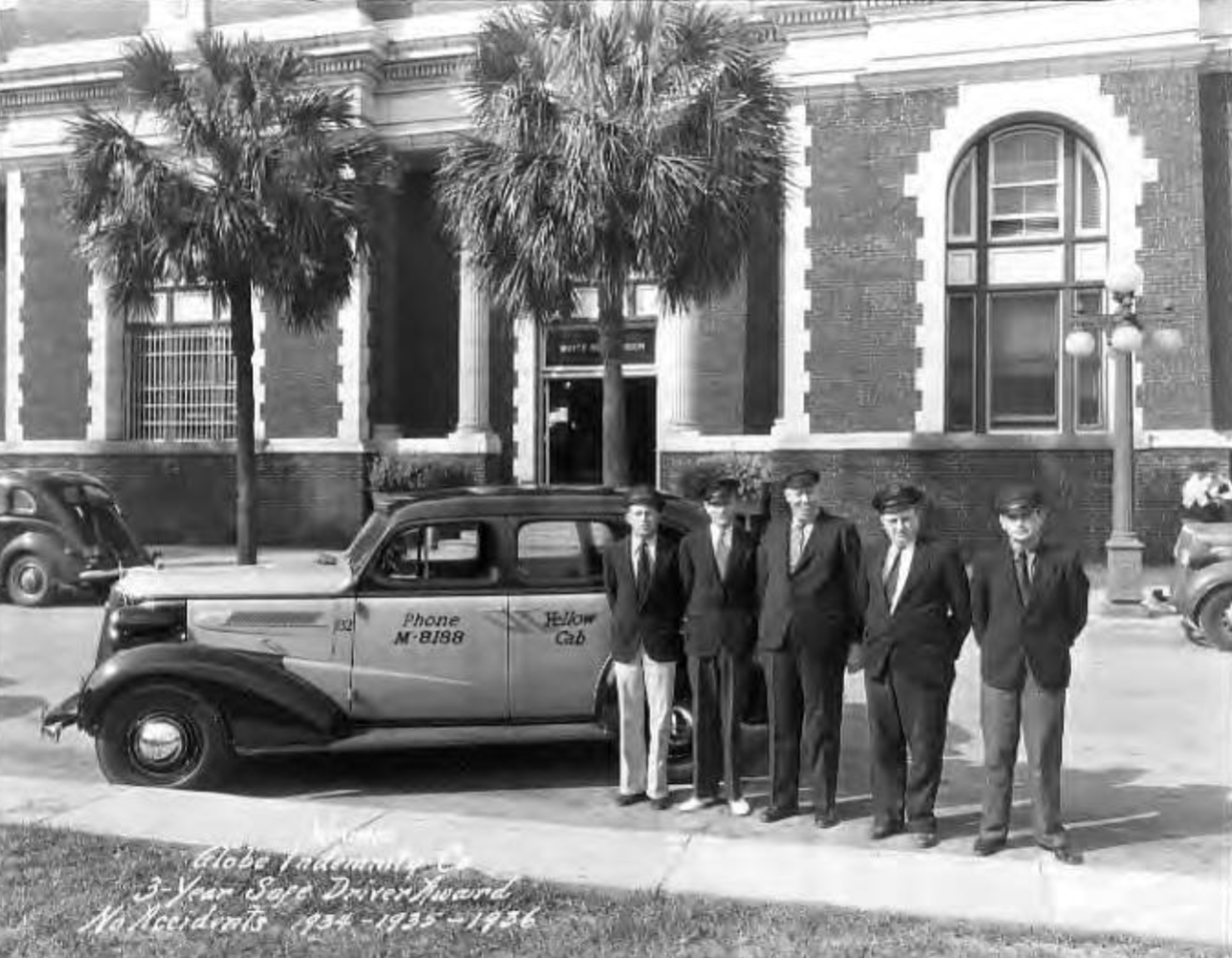20th Century Rider
Engineer
We all probably remember reading about the Transcontinental Railroad in grade school… but did we stop to feel the pain and tragedy of the migrant workers who were shipped over from China to do the back breaking work? Do we think about all the lives that were lost?
Do we think of the Native Americans being pushed off sacred land so it could be secured for the railroads?
Are we aware there were segregated passenger cars and that minorities were stereotyped in menial jobs of servitude to the white passenger?
Due to the immensity and significance of this topic, there are many scholarly posts by edu and gov agencies that can be accessed online.
Let’s have a conversation.
https://www.npca.org/articles/2192-...-Wj_qWtJIV3aaYmJkDST0um0NdM2D214aAq2zEALw_wcB
https://news.cornell.edu/stories/2020/02/exhibit-sheds-light-railways-discriminatory-history
https://www.jbhe.com/2020/03/exhibi...nation-and-violence-in-the-railroad-industry/
https://railroads.unl.edu/topics/segregation.php
Do we think of the Native Americans being pushed off sacred land so it could be secured for the railroads?
Are we aware there were segregated passenger cars and that minorities were stereotyped in menial jobs of servitude to the white passenger?
Due to the immensity and significance of this topic, there are many scholarly posts by edu and gov agencies that can be accessed online.
Let’s have a conversation.
https://www.npca.org/articles/2192-...-Wj_qWtJIV3aaYmJkDST0um0NdM2D214aAq2zEALw_wcB
https://news.cornell.edu/stories/2020/02/exhibit-sheds-light-railways-discriminatory-history
https://www.jbhe.com/2020/03/exhibi...nation-and-violence-in-the-railroad-industry/
https://railroads.unl.edu/topics/segregation.php




























































